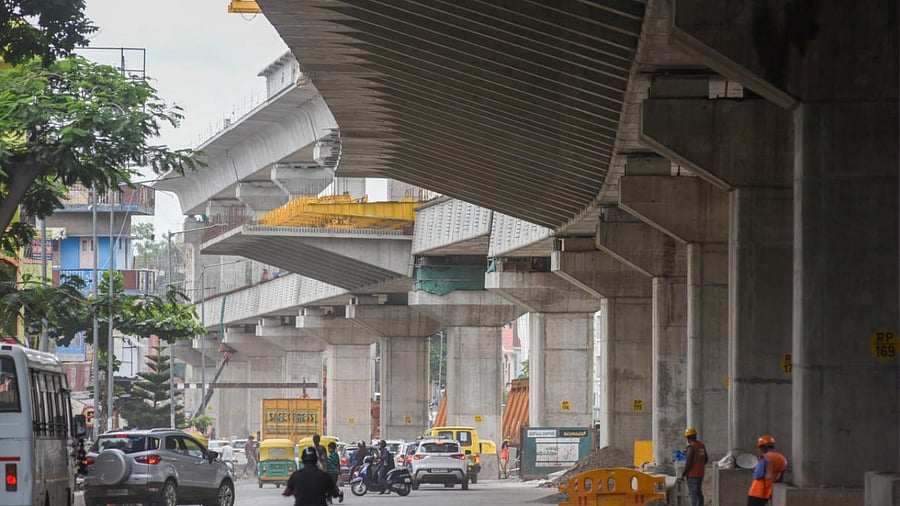
For eighteen years, I lived in Bengaluru as a stranger. I travelled the same road from home to school every day. Strangely enough, not once in those years did I feel the need to understand the ethos and demographics of what was supposedly, “my city”. But when the prospect of my leaving Bengaluru for college became real, I realised that neither do I know my city nor do I have the necessary skills to start living in a new environment. I decided to observe my daily commute to school that I usually make on the G2 BMTC bus.
The city’s people became central to my expedition. I would board the completely crowded G2 bus at the indoor stadium bus stop at 7:30 am. Sitting opposite women wearing visibly old saris; tying fresh fragrant jasmine flowers they just bought around their buns, I listened to their conversations.
These women mostly worked as domestic helps in apartments. They spoke about the struggles of financial management at home, the rise in salaries in one house, ongoing negotiations to increase their salary in another house and inflation, not just in Kannada but also in Tamil and Hindi. I never met these ladies on the days I caught G2 at 8 am.
Instead, I saw IT professionals, clad in long, sober-coloured kurtas and shirts, who lived in Koramangala and travelled to Sarjapur for work. Most of them spoke in English with their colleagues and family on the phone or listened to podcasts during their commute. Never did I hear them chatter or discuss about home affairs. For them, the bus was a commute option but for the house helpers, it was a space to socialise, express their feelings and make friends.
Each bus timing and stop symbolised different strata of society living in the same city and travelling in the same bus - G2.
On the days schools ended early, I would get down at the Mayo Hall stop and walk to Church Street hunting for books and devouring coffees at Bookworm. Entering a relatively empty bus at noon, I comfortably sat in the window seat peering into the city I set out to discover.
Come Muthanalluru cross bus stop, I met an ‘aunty’ who sold flowers at the Madiwala market. Carrying her large but light bag of flowers, she made her way to sit beside me. I smiled gently and returned to staring outside the window. She poured hot tea from her flask into a glass, offered some to me and thus began our conversation. We spoke about our lives, Bengaluru’s changing landscape, her experiences at the Madiwala market and the gruelling April heat in just under an hour. As Sony Signal, her bus stop, neared she bent down, gripped her flower bag tight, waved to me and said, “sigana ma” (let’s meet again). That moment my foreign city became a bus route of familiar faces, warm conversations and lovely tea.